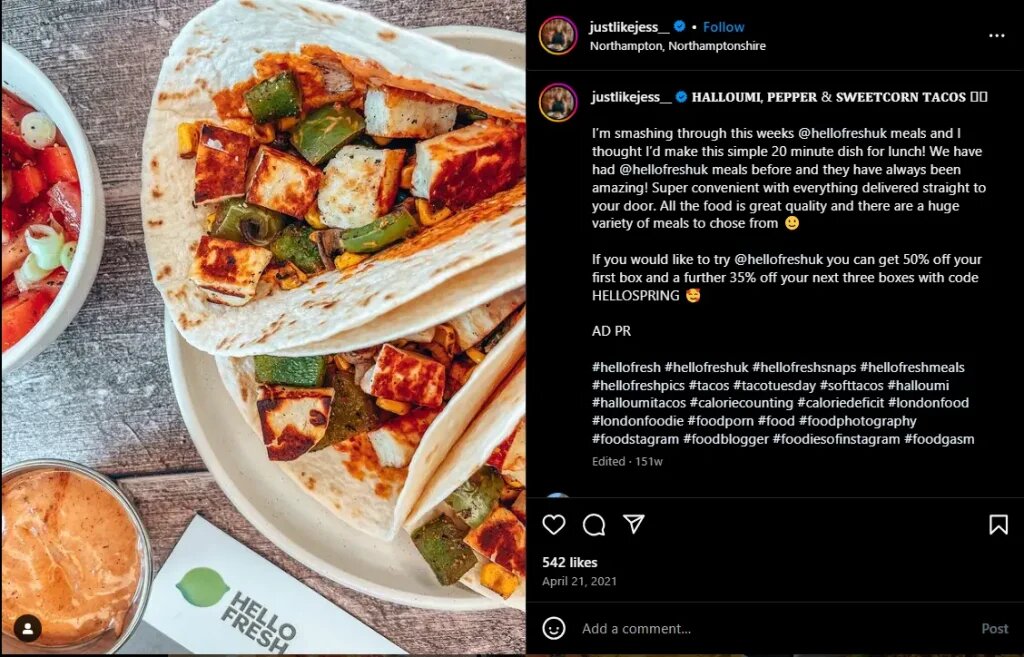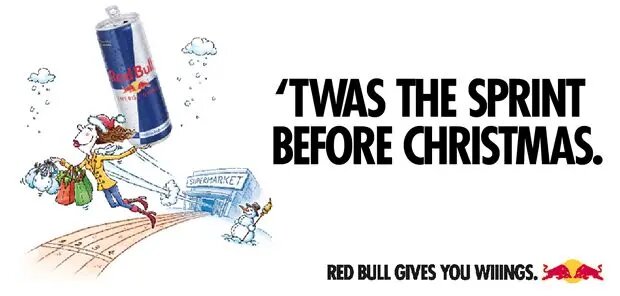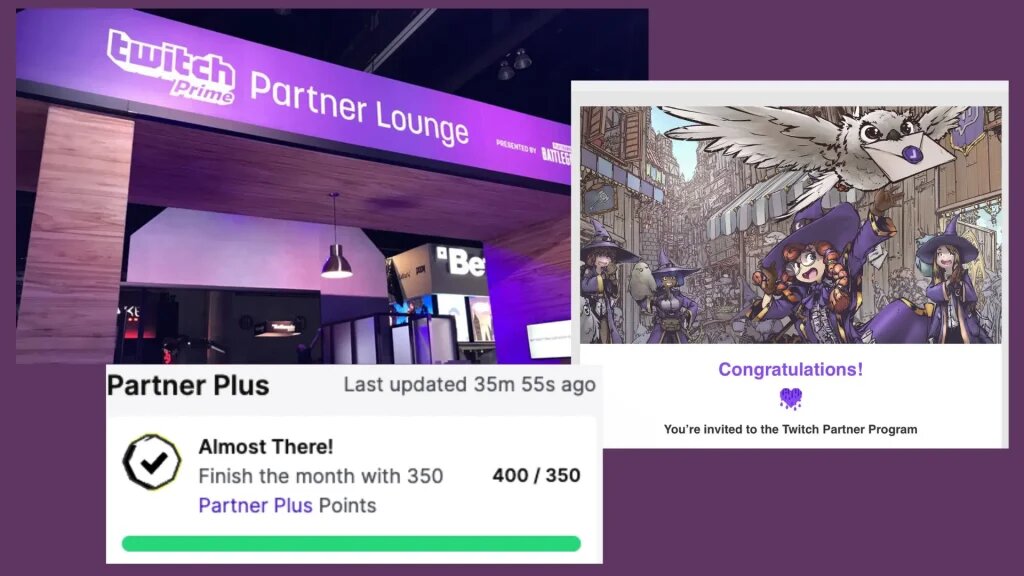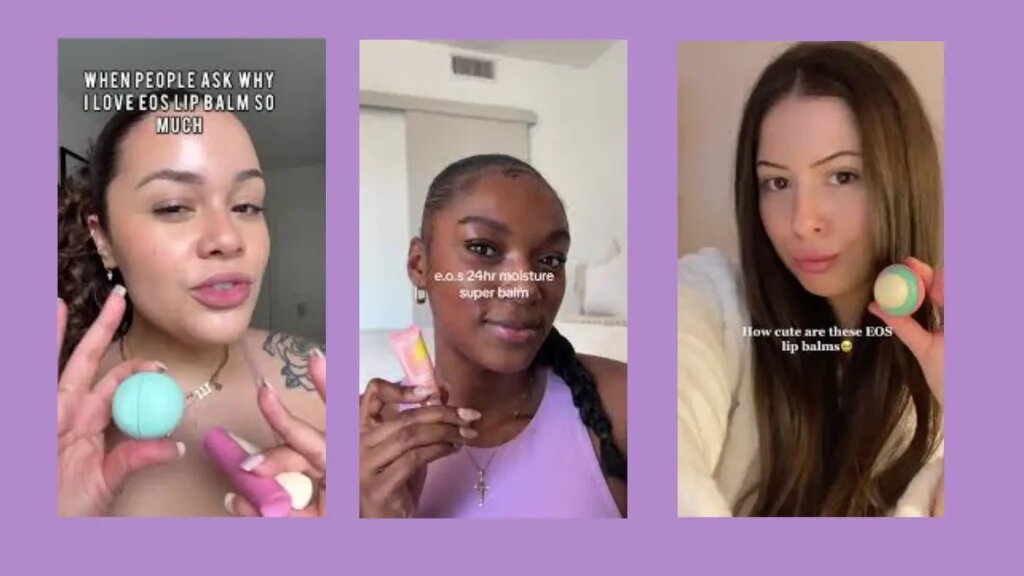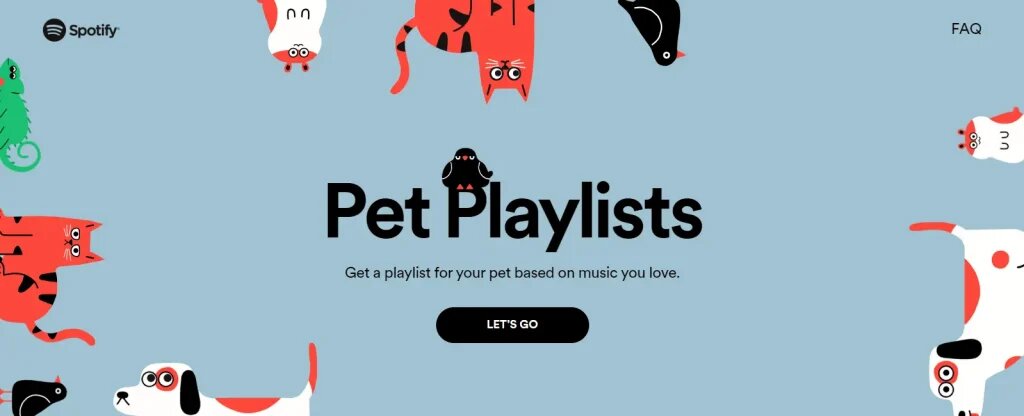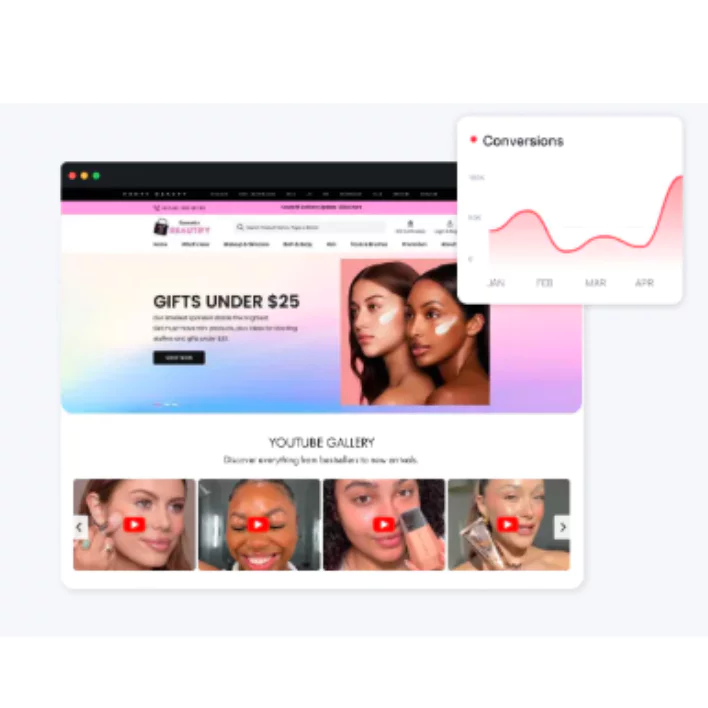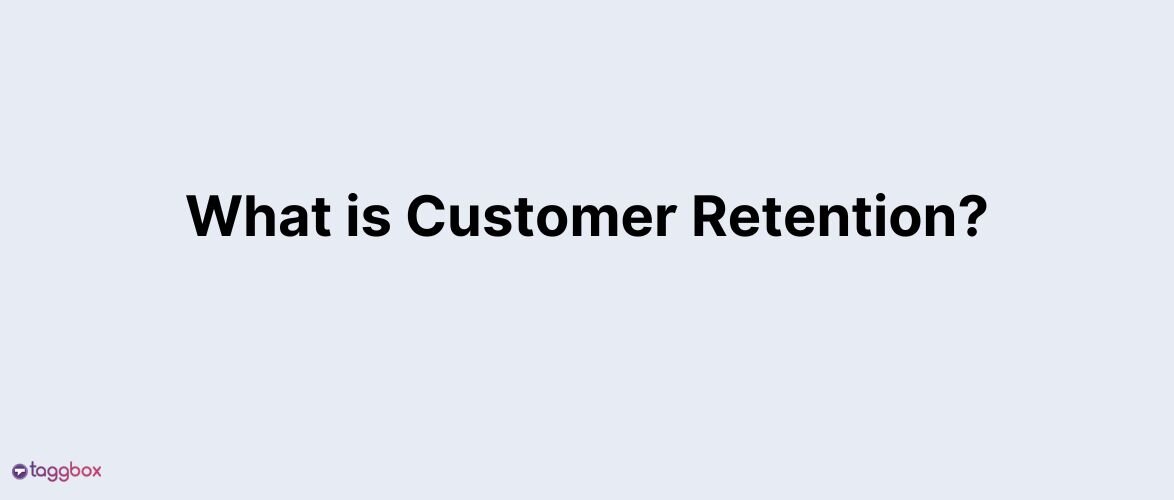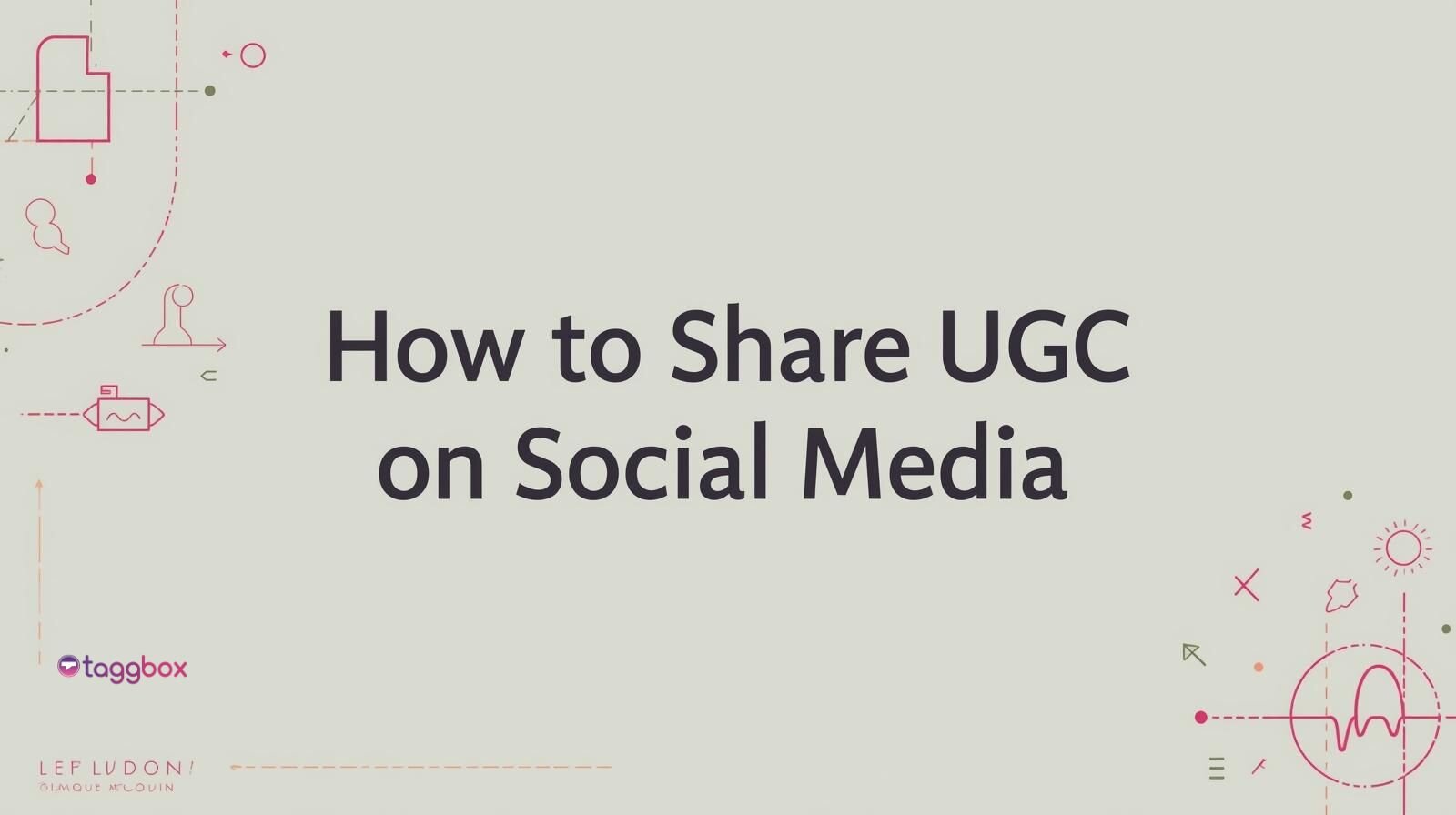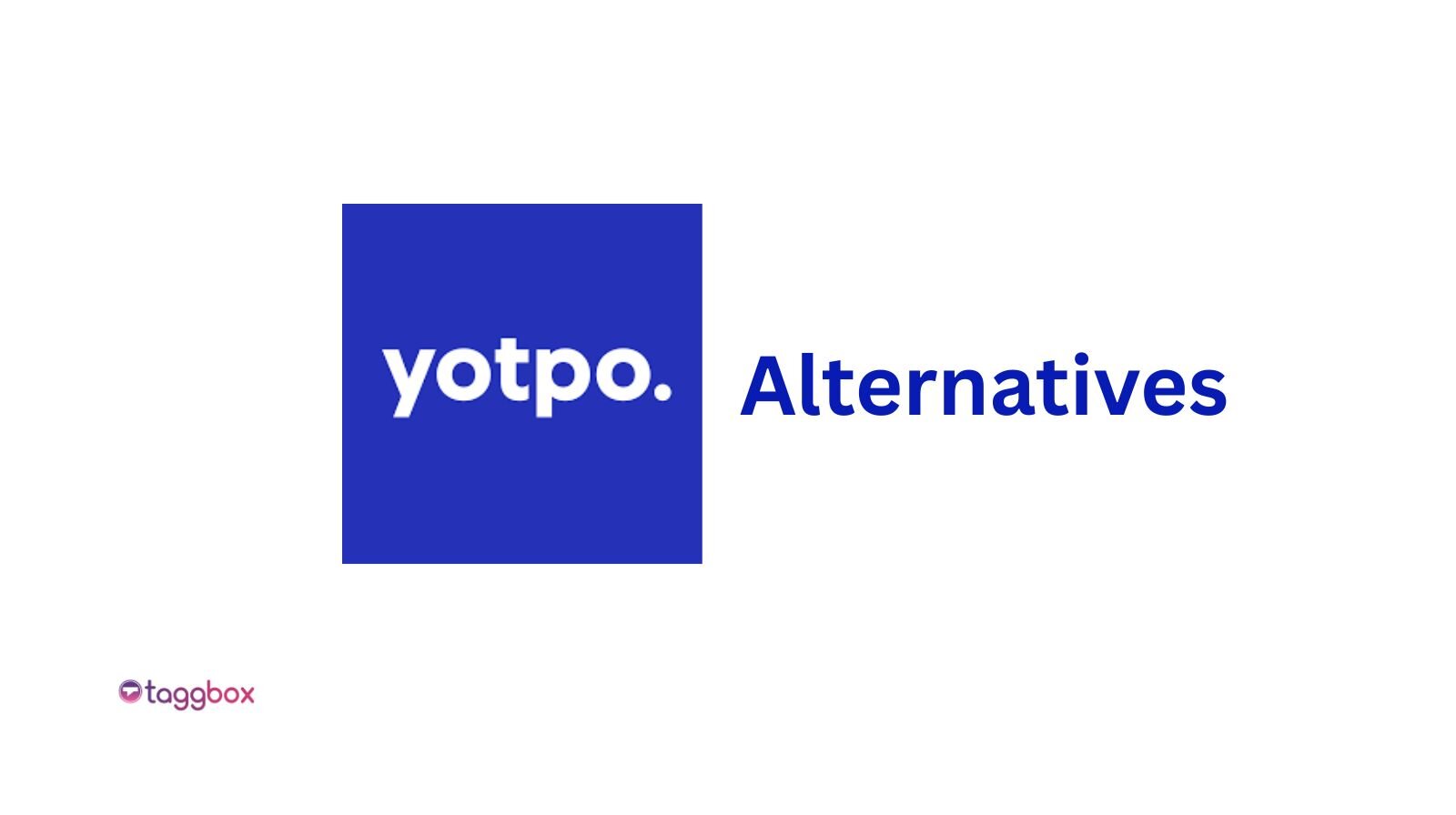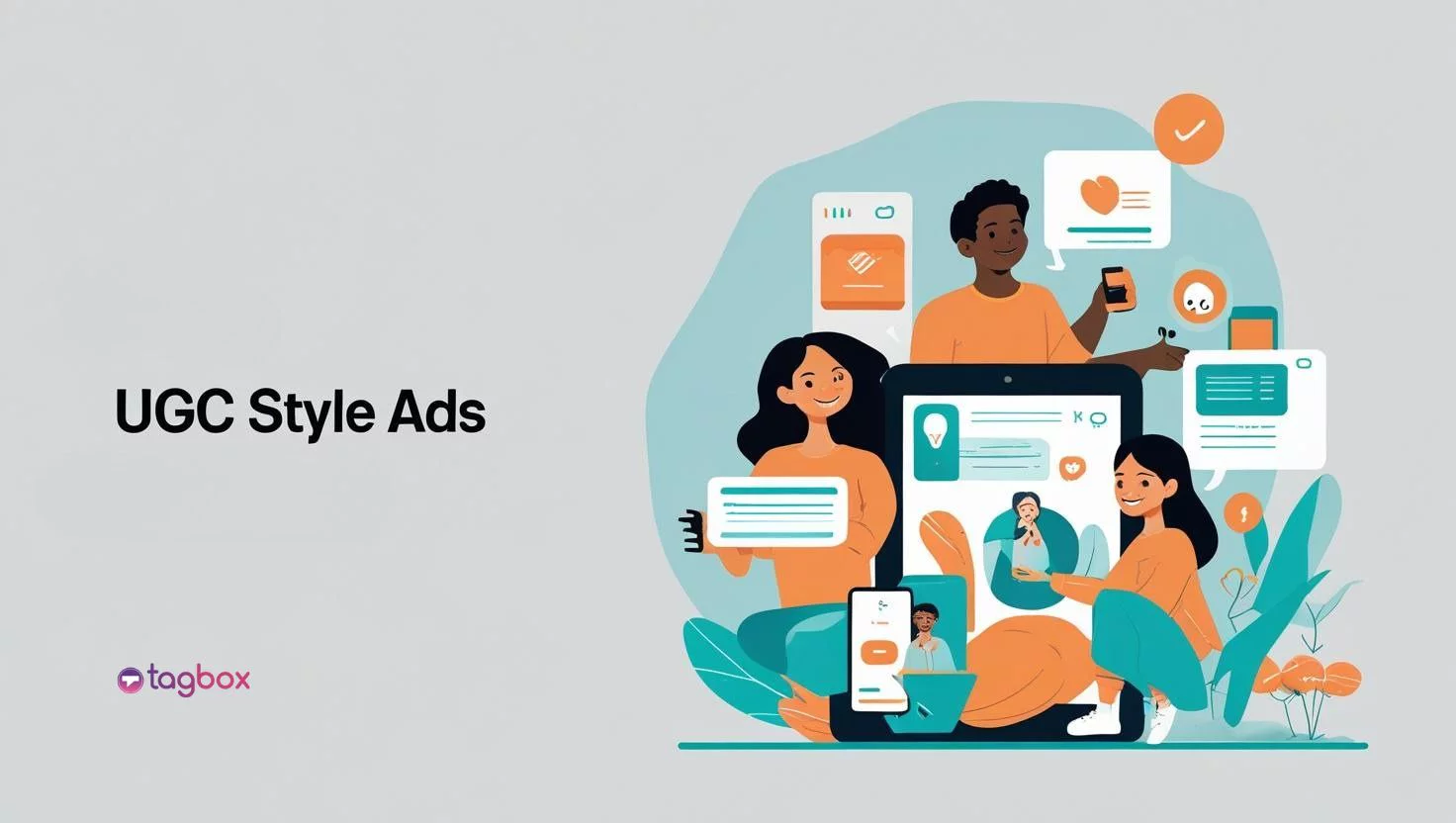Read summarized version with
When strategizing for marketing campaigns, brands usually outline their plans based on their unique identity and objectives. However, common goals often encompass enhancing user engagement, cultivating trust and authenticity, and driving conversions. As time has passed, marketers have faced the challenge of crafting captivating, interactive campaigns that provide meaningful value to consumers.
Over the years, it has become a challenge for marketers to create engaging, interactive campaigns with value propositions for consumers. Fortunately, a hidden gem has emerged in the form of User-Generated Content (UGC), so let’s have a look at a few User generated Content Examples [UGC examples] that totally rocked it.
Why are Brands Shifting to User-Generated Content?
Before looking at the UGC examples, let’s understand why brands are going crazy over UGC. We all know that crafting marketing content that’s both thrilling and captivating for consumers is an uphill task, and it isn’t a one-time process, as content creation is constant along with marketing campaigns.
Despite the dedicated work poured into content creation and marketing, the outcomes often fall short, yielding diminishing returns on investments.
That is why brands have resorted to leveraging user-generated content marketing to empower their campaigns. As user-generated content is known to be the most trustworthy, authentic, and reliable form of content among consumers, it hugely influences their behavior & decisions.
According to Adweek, a staggering 85% of surveyed users hold user-generated content in higher regard, considering it more meaningful and genuine than content directly generated by brands.
Be One of These Examples by Running a UGC Campaign
19 User Generated Content Examples
We’ve arranged 19 UGC examples that have successfully garnered the users’ attention, engagement, and conversions.
1. GoPro UGC Campaign
The best User Generated Content marketing campaign is GoPro, as it perfectly understands that the best promoters of a brand are its customers, given their firsthand experience with the products. So, their experience will define the quality & success of a brand.
GoPro has delegated the power of marketing to its customers and constantly creates campaigns, contests, and challenges to encourage its users to create valuable & influential UGC for their hashtag campaigns.

Not just a marketing campaign, but all of their digital profiles, be it social media or their website, are filled with incredible user-generated content. Their website even has a one-million-dollar contest asking users to submit their best visual content using GoPro.
Hashtags like #gopro and #milliondollarchallenge are mostly used by users to share their shots, or they can even submit their content on the website as well.
With these campaigns, they perfectly showcase their adventurous brand personality, user engagement, loyal online community, brand exposure, and customer gratification.
2. HelloWorld Australia
HelloWorld Australia, a leading travel & holiday experience brand and also the next UGC marketing campaign, created an incredible marketing strategy empowered by user-generated content that significantly impacted the audience.
With the brand’s custom hashtag #HelloworldRELAY, they encouraged their customers to share their photos & videos of experiences and post them on social media using the hashtag. They then displayed it through the touchscreen display ads in an offline environment.

The display screens had a world map with highlighted pins for different locations. The audience could interact with the screens and explore what travelers (or HelloWorld customers) from different locations were posting about their travel experiences.
This campaign helped showcase the brand authenticity, customer satisfaction, building social proof, a diverse range of locations they serve, and, most importantly, enhanced user engagement with this Digital out-of-home UGC Content examples.
3. AERIE
The next User Generated Content examples, #AerieReal has been called more than just good marketing, and it’s all for the right reasons.
In 2014, the women’s clothing company began with a simple yet powerful campaign where it refused to use photo editing software to retouch the photos of models clad in swimsuits.
Whenever a user posted an unedited picture of them in a swimsuit, Aerie donated $1 to the National Eating Disorders Association (NEDA).

It’s crucial to understand that people wish to purchase and be associated with brands constantly working towards societal causes.
There has always been a debate over the excessive use of photo editing applications in marketing and advertising and its impact on the average woman who binges on the images of models seeming god-like and perfect in magazines and its direct effect on the woman’s self-esteem and dietary lifestyle.
Authentic and resonating by design, Aerie’s consumer-generated marketing shot their sales up by 20%, coupled with the new stores that the brand launched.
4. DORITOS
The fame came from the UGC campaign example #BurnSelfie, where Doritos asked its customers in Canada to post pictures of their ‘burn selfies’ taken while eating the newest flavor from their range, Doritos Roulette.
The packet of chips is filled with insanely spicy tortilla chips hidden amongst normal nachos and cheese Doritos. Having been called a ‘solid slap in the face,’ people took the challenge and posted pictures and videos of them eating Doritos and burning their tongues.

Painfully hot and spicy chips in the packet took people to further take the challenge on YouTube as part of the Doritos giveaway. Several entries by Canadians who took the spice challenge where Doritos got success their way by successfully introducing the product in the market and making it famous.
Strugging to Maintain Online Presence?
5. IBM
The software and technology giant IBM took to social media to give the world an insight into the IBM world. Their product or services are difficult to display creatively; IBM took to sharing the interiors and giving the world glimpses of its inside by the hashtag #IBM, requesting posts from its customers and employees.

Isn’t it intriguing to get a peek into the tech giant and the life of the people there?
Employees working, the cafeteria, the conference rooms, and a whole lot more are just like an everyday affair. To showcase the human facet of the brand, IBM visualized itself through its very own people. What a thoughtful and classic approach to user generated content marketing!
6. NATIONAL GEOGRAPHIC
First, whatever is said of the pictures on the National Geographic handle would amount to less. The pictures on the handle are beyond words to describe and are taken by photographers from everywhere.
Keeping the game up, National Geographic devised its consumer-generated marketing campaign valuing user-generated content, and the # wanderlustcontest was born.

The contest asked people to capture people, places, and experiences from their travels and share them with the hashtag. Out came millennial pictures from people bit by the travel bug. Travel fans were promised a reward for a National Geographic expedition to Yosemite National Park. This is a great UGC campaign example that created a community for NatGeo.
7. LULULEMON
Who doesn’t live the sweat life and burn out those carbs? Lululemon’s #thesweatlife campaign asked customers to share pictures of their Lululemon activewear.
The brand makes yoga clothing and activewear, and people getting into their garbs were asked to share snaps on Twitter and Instagram with the hashtag.

A section on Lululemon’s website mainly displays user-generated content photos being pulled from the #thesweatlife campaign, magnetizing potential customers and allowing them to click through.
The large follower base was utilized by the brand significantly. Furthermore, the display of the feed on the website acts as a visual user review of the yoga and activewear, telling people what the products look like in action.
8. Coca Cola

The “Share a Coke” UGC campaign by Coca-Cola transformed ordinary beverage consumption into a personalized and shareable experience. Coca-Cola replaced its iconic logo with famous names, igniting a hunt for personalized bottles.
People embarked on a quest to find their names, nicknames, or even terms of endearment on Coke bottles, sharing their discoveries on social media. This UGC campaign turned Coke bottles into conversation starters and fueled a sense of connection.
Friends snapped pics of their personalized drinks, creating a wave of user-generated content that showcased the power of a simple sip to spark joyful interactions and memorable moments, and Coca-Cola was flooded with User-Generated Content, which was later displayed on their socials.
9. Apple

Apple’s “Shot on iPhone” UGC campaign celebrated the artistry of everyday users. By turning iPhones into creative tools, the campaign encouraged people to capture stunning photos and videos of their world.
Through this lens, UGC transformed into a global gallery, showcasing the diverse beauty and creativity of individuals. The campaign spotlighted both the technological prowess of iPhone cameras and the artistic potential within us all.
Each user-submitted image became a brushstroke in a larger masterpiece, demonstrating how UGC can transcend marketing to empower a community of creators, redefine photography, and capture the world through countless unique perspectives.
10. Starbucks

Starbucks‘ UGC campaign brewed authenticity, transforming coffee moments into a vibrant campaign. Coffee enthusiasts shared their artistic latte designs, cozy café corners, and heartwarming coffee rituals.
UGC painted a caffeinated community through snapshots and stories where each cup became a canvas. From Instagram-worthy shots of frothy creations to serene scenes in coffee havens, Starbucks tapped into the power of shared experiences.
UGC became a digital gallery, uniting java lovers and turning coffee sips into extraordinary narratives. This campaign exemplified how UGC can craft an inclusive brand identity while inviting coffee enthusiasts to co-create a global coffee culture.
11. Sephora

Sephora’s UGC campaign bloomed with beauty revelations. Makeup mavens and skincare devotees shared transformations, tips, and hacks. The beauty insider platform became an interactive haven where users showcased their cosmetic conquests, reviews, and tutorials.
UGC painted a vibrant portrait of empowerment, where each contour and shade told a unique tale. From bold makeup experiments to radiant skincare journeys, Sephora harnessed UGC to create a virtual beauty sanctuary.
This campaign highlighted how UGC can unite a community of enthusiasts, celebrate personal metamorphoses, and reflect the diverse and dynamic world of cosmetics and self-expression.
12. Chipotle: #GuacMode
Chipotle leveraged its famous guacamole to create a playful campaign encouraging users to share photos expressing their excitement for guacamole. This lighthearted approach generated a wave of user-generated content and increased brand interaction.
13. Disney: #DisneyMagicMoments
Disney evokes strong emotions and nostalgia. Their #DisneyMagicMoments hashtag encourages users to share their special Disney experiences, creating a heartwarming collection of user-generated content that reinforces the brand’s emotional connection with its audience.
14. HelloFresh: #HelloFreshSnaps
This ongoing initiative encourages home cooks to share photos of their completed HelloFresh meals on social media. It provides user-generated recipe reviews, showcases recipe variety, and entices potential customers with mouth-watering visuals.
15. Red Bull: #GivesYouWings
Red Bull’s iconic slogan inspires user-generated content that captures moments of action, adventure, and pushing boundaries. Expect visuals of extreme sports, artistic endeavors fueled by Red Bull, or humorous situations where the extra boost comes in handy. Find visuals on Instagram and YouTube using the #GivesYouWings hashtag.
16. Spotify: #Wrapped Campaign
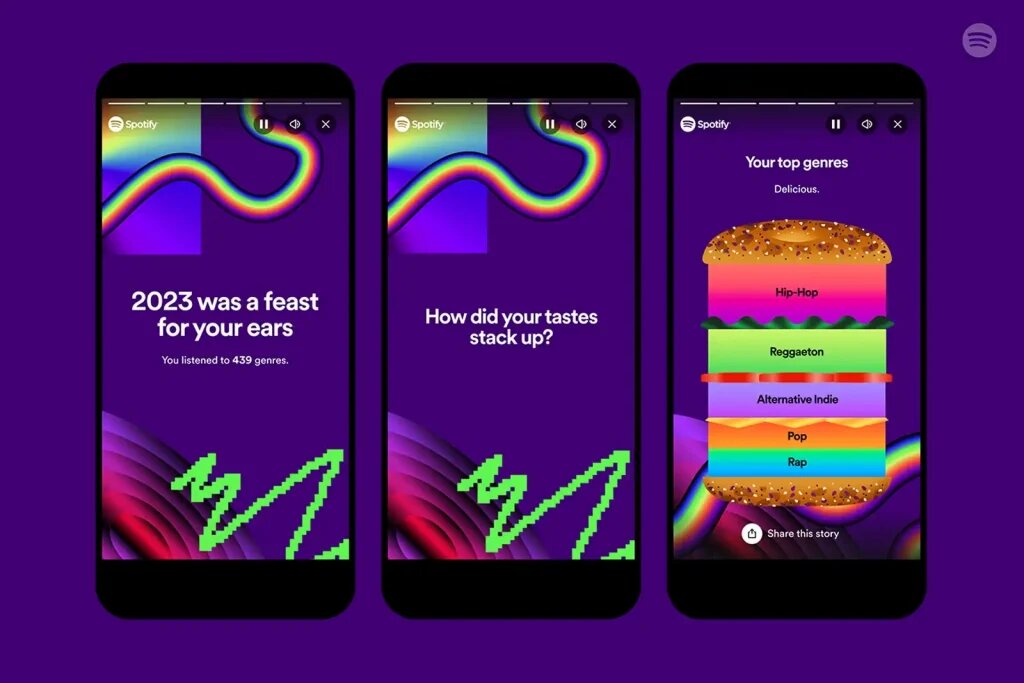
Spotify’s annual Wrapped campaign showcases user listening habits in a visually appealing and personalized format. Users share their Wrapped results on social media, creating a wave of UGC that celebrates music discovery and reinforces Spotify’s role in music streaming culture.
17. Twitch: #RoadtoTwitchPartner
Twitch, a live streaming platform for gamers, encourages aspiring streamers to document their journey using the #RoadtoTwitchPartner hashtag. This UGC campaign fosters community support for new streamers, provides valuable tips and insights from established creators, and positions Twitch as a platform for aspiring gamers.
18. Eos: #EosLipLove
This ongoing campaign encourages users to share photos and stories of how they use Eos lip balm. This user-generated content showcases product usage in real-life scenarios, builds brand loyalty, and allows fans to express their love for the product.
19. Spotify: #PetPlaylist
Spotify allows users to create personalized playlists. This campaign encouraged pet owners to curate playlists specifically for their furry companions. The resulting user-generated content was heartwarming and humorous, featuring photos of pets “enjoying” their playlists and showcasing the emotional connection between music and our animal friends. Explore visuals on Instagram and Twitter using the #PetPlaylist hashtag.
Benefits of User Generated Content : The Power of Authenticity
In today’s crowded marketing landscape, consumers are bombarded with messages. It’s becoming increasingly difficult for brands to stand out with traditional advertising alone. This is where user-generated content (UGC) shines. User Generated Content examples demonstrate the power of leveraging the voice and creativity of your audience to build trust and engagement.
Here’s a breakdown of the key benefits UGC offers:
1. Enhanced Brand Trust and Authenticity
People trust recommendations from real people more than polished marketing messages. User Generated Content examples act as social proof, showcasing the value of your products or services through genuine customer experiences. Imagine seeing real people using and loving your product instead of a staged commercial – that’s the power of authenticity that UGC brings.
2. Increased User Engagement
UGC examples go beyond passive consumption. They encourage your audience to participate, sparking conversations and fostering a sense of community around your brand. By incorporating contests, challenges, or calls to action that leverage user creativity, you turn viewers into active participants, boosting engagement and brand loyalty.
3. Valuable Customer Insights
User-Generated Content examples provide a unique window into your audience’s preferences and behaviors. By analyzing the types of content users create and share, you gain valuable insights into what resonates with them. This allows you to tailor your offerings, messaging, and content strategy to better meet their needs and desires.
4. Cost-Effective Marketing
UGC leverages the creativity and reach of your existing audience, reducing the need for expensive marketing campaigns. By encouraging user-generated content, you tap into a readily available pool of content creators, allowing you to stretch your marketing budget further.
5. Additionally, UGC can also contribute to
- Improved Brand Advocacy: When customers feel heard and valued, they’re more likely to become brand advocates. UGC examples can inspire user loyalty and encourage customers to organically recommend your brand to others.
- Enhanced Brand Storytelling: UGC allows you to tell your brand story through the voices of your customers. This authentic storytelling approach feels more relatable and genuine, fostering a stronger connection with your audience.
By incorporating user-generated content into your marketing strategy, you can unlock a wealth of benefits that go beyond traditional advertising. User Generated Content examples empower you to build trust, boost engagement, gain valuable insights, and ultimately achieve your marketing goals.
How to Create a User-Generated Content Campaign
User-generated content (UGC) offers a powerful way to connect with your audience and generate authentic content. But simply asking for UGC won’t guarantee success. To create a thriving UGC campaign, you need a strategic roadmap. Here’s a breakdown of the key steps involved:
1. Define Your Campaign Goals:
The first step is to get clear on what you want to achieve with your UGC campaign. Here are some common goals to consider:
- Increase brand awareness: Generate excitement and visibility for your brand among a wider audience.
- Drive sales and conversions: Encourage users to purchase your products or services through compelling user-generated content.
- Gather customer feedback: Gain valuable insights into user preferences and experiences with your brand.
- Build a community: Foster a sense of connection and belonging among your audience.
2. Identify Your Target Audience:
Who are you trying to reach with your UGC campaign? Understanding their demographics, interests, and preferred online platforms is crucial for tailoring your call to action and content type.
3. Choose the Right Platform:
Select the social media platforms or online communities where your target audience is most active. Here are some popular options to consider:
- Instagram: Great for photo and video-based UGC campaigns, especially for visually appealing products or experiences.
- Twitter: Effective for contests, challenges, and real-time interactions with your audience.
- TikTok: Ideal for short-form, engaging video content that leverages trending sounds and challenges.
- YouTube: Suited for longer-form video content like tutorials, product reviews, or user-generated stories.
Brand-specific communities: Leverage online forums or groups dedicated to your brand to encourage user discussions and content sharing.
4. Make Participation Easy and Engaging:
- Clear instructions: Provide easy-to-understand guidelines on what type of content you’re looking for and how users can participate.
- User-friendly tools: Make it simple for users to submit their content, whether it’s through a dedicated hashtag, a branded app, or a designated landing page.
- A compelling call to action: Craft a clear and enticing call to action that encourages users to participate in your campaign.
5. Incentivize Participation:
Consider offering rewards to encourage user engagement. Here are some options:
- Contests and giveaways: Offer prizes for the best user-generated content, creating healthy competition and driving participation.
- Discounts and promotions: Provide exclusive discounts or promotions to users who contribute to your UGC campaign.
- Product features: Showcase user-generated content on your website or social media channels, giving users a chance to be recognized by the brand.
6. Moderate and Respond to UGC:
Actively monitor user-generated content and respond to comments and messages. Show appreciation for contributions and address any concerns promptly. This builds positive interactions and encourages continued participation.
7. Promote and Amplify User-Generated Content:
Showcase the best user-generated content on your website, social media channels, and marketing materials. This incentivizes further participation and demonstrates the value you place on your audience’s contributions.
Conclusion
Consumer-generated media is one of the most effective ways for brand building, user engagement, authentic feedback and customer reviews, and more, as demonstrated by the above companies who have successfully worked on UGC campaigns without dispensing a whopping sum of money.
Every marketer should leverage user-generated content to increase website engagement; using a UGC platforms is the best possible way to do this!
Promoting the brand product on the website or the social channels, offering customers giveaways and prizes to encourage participation, steals some notions from these flourishing brands for your social campaigning.





